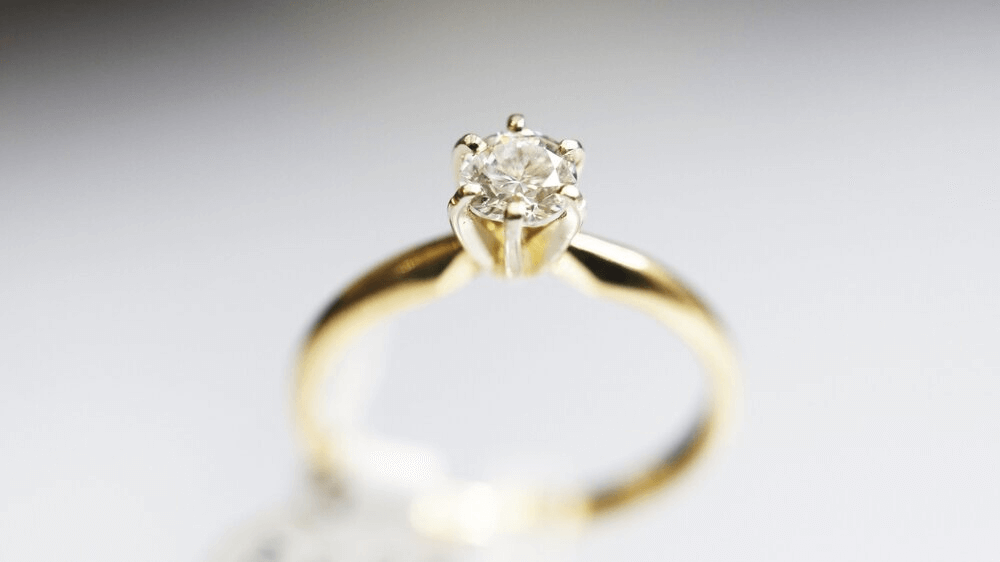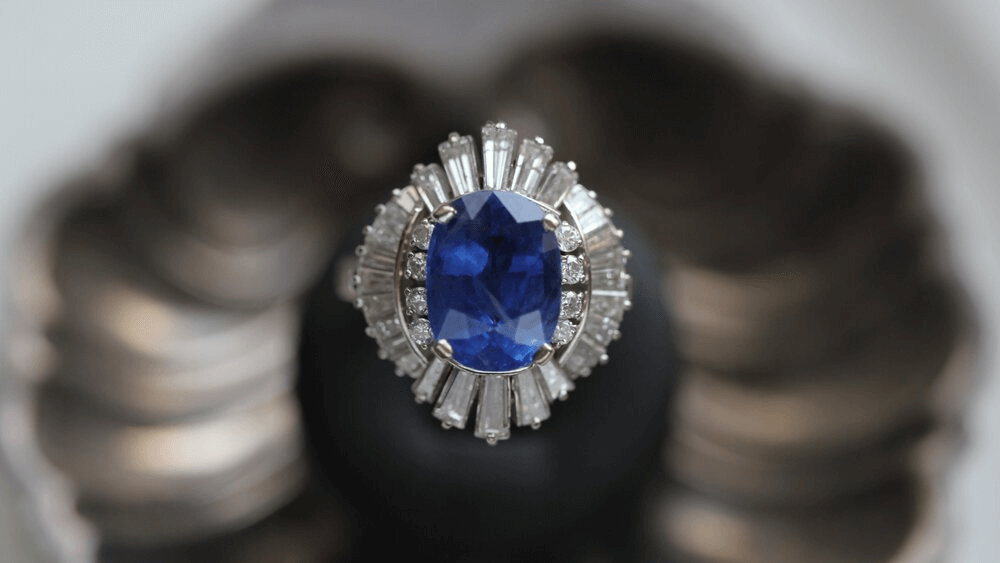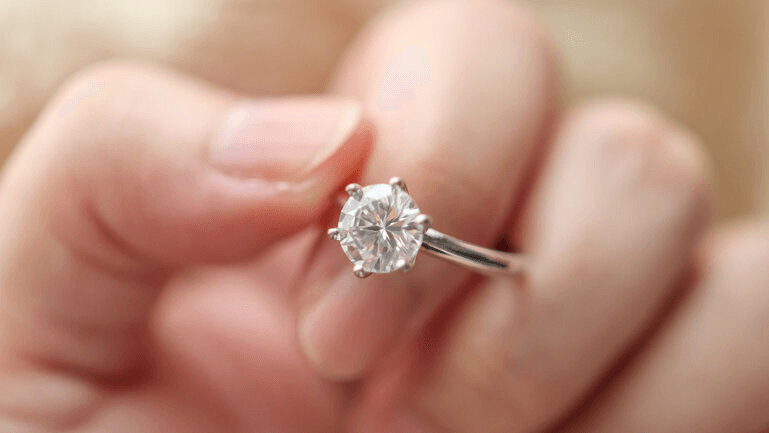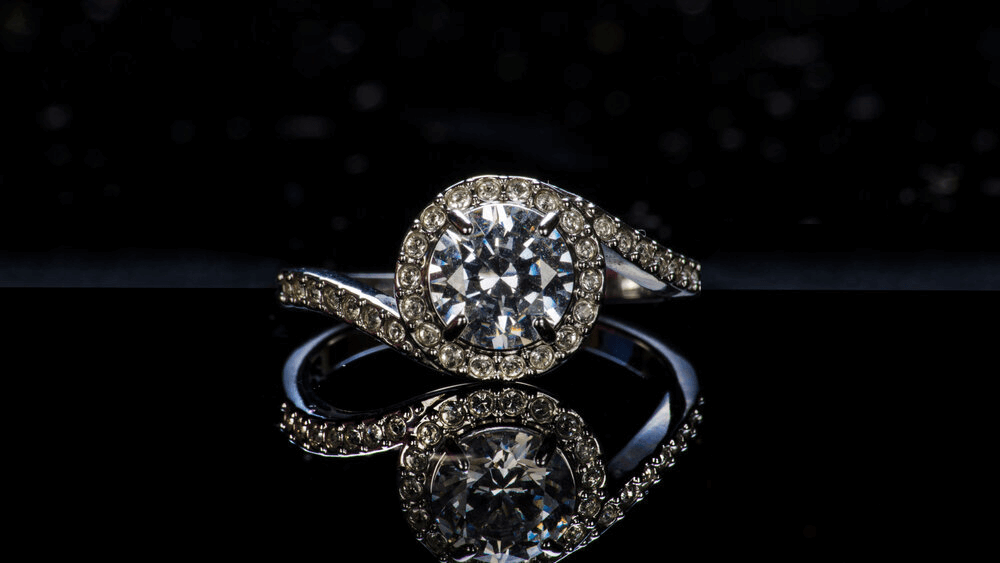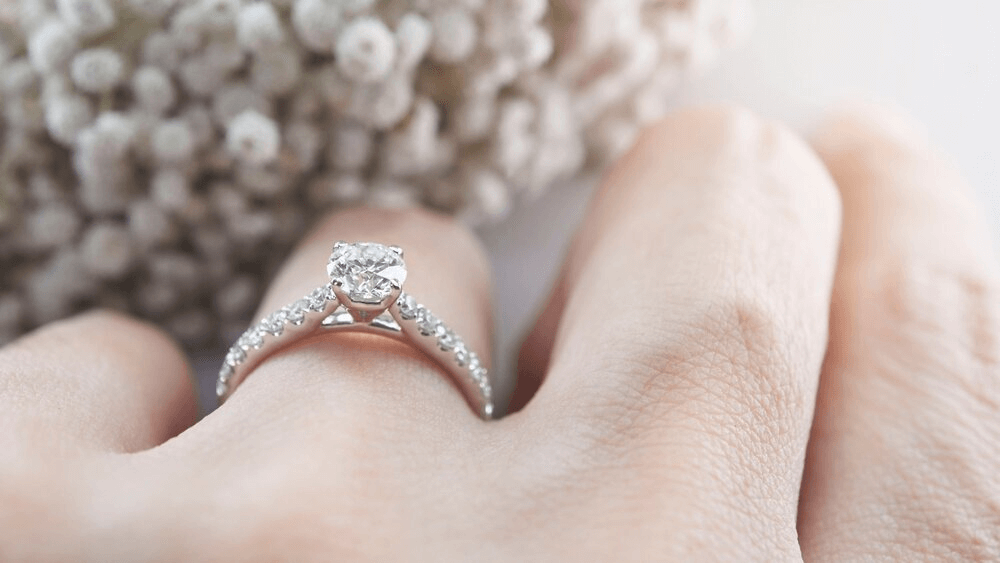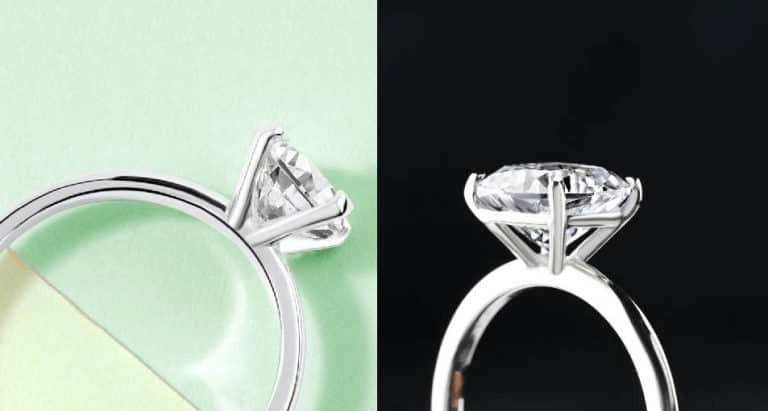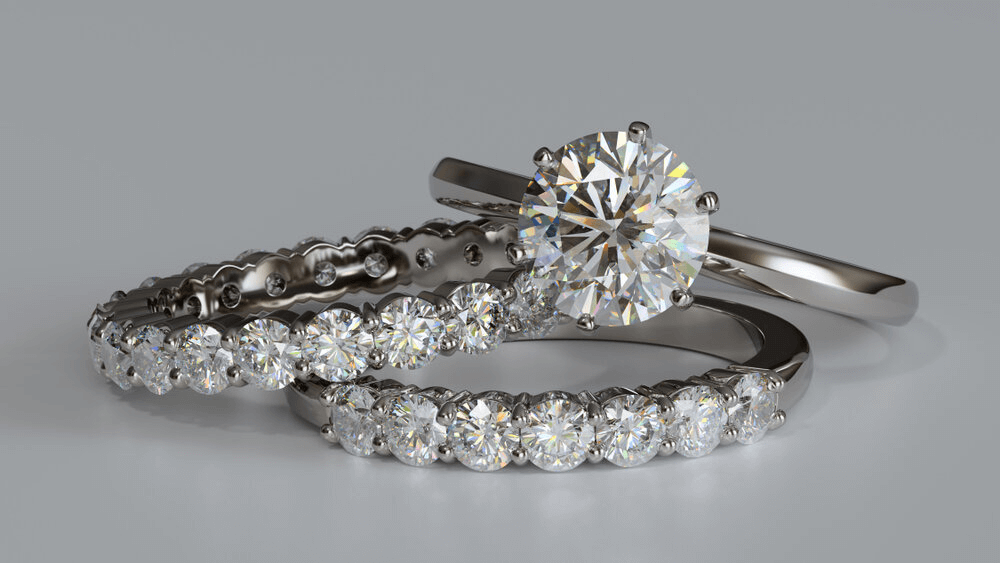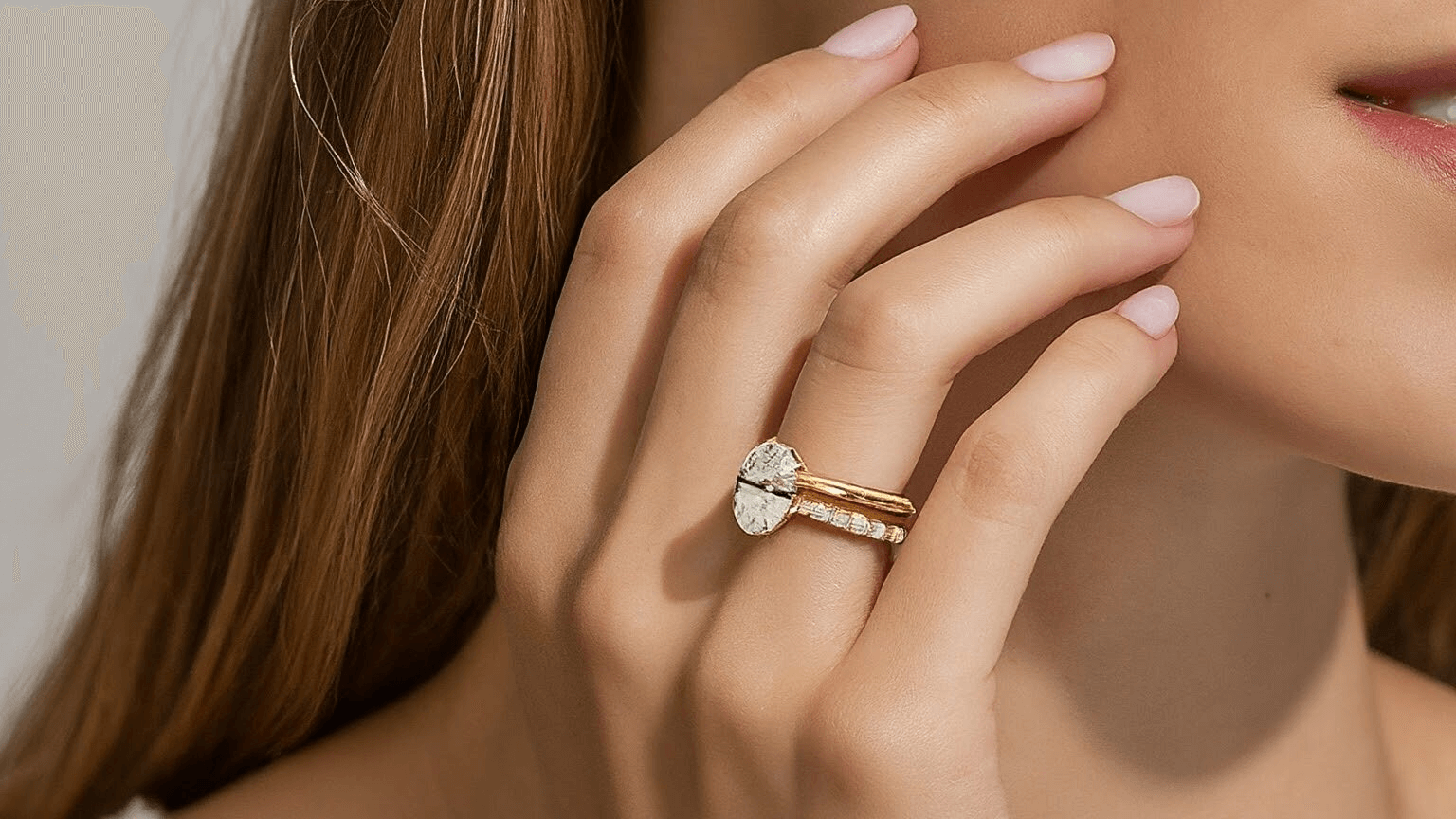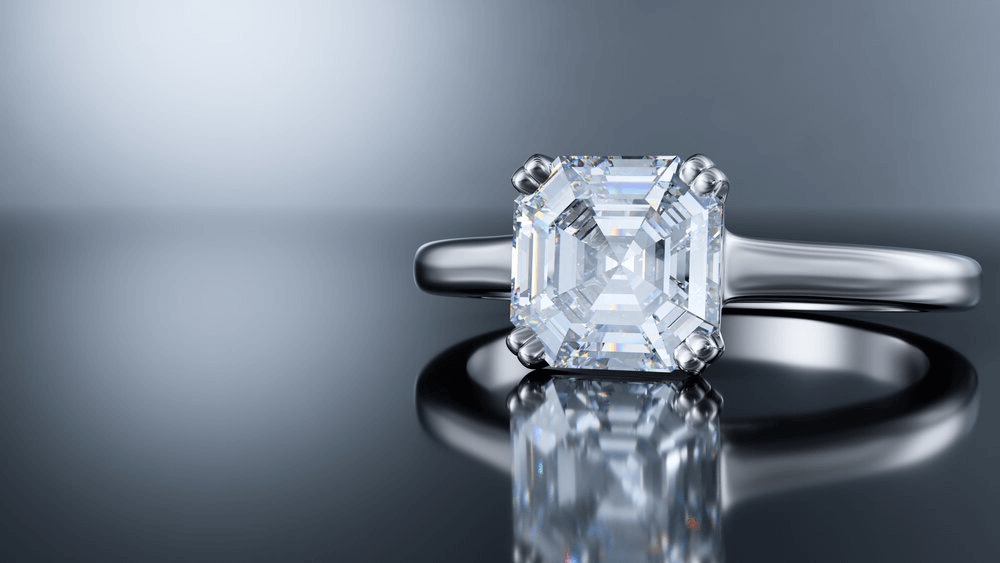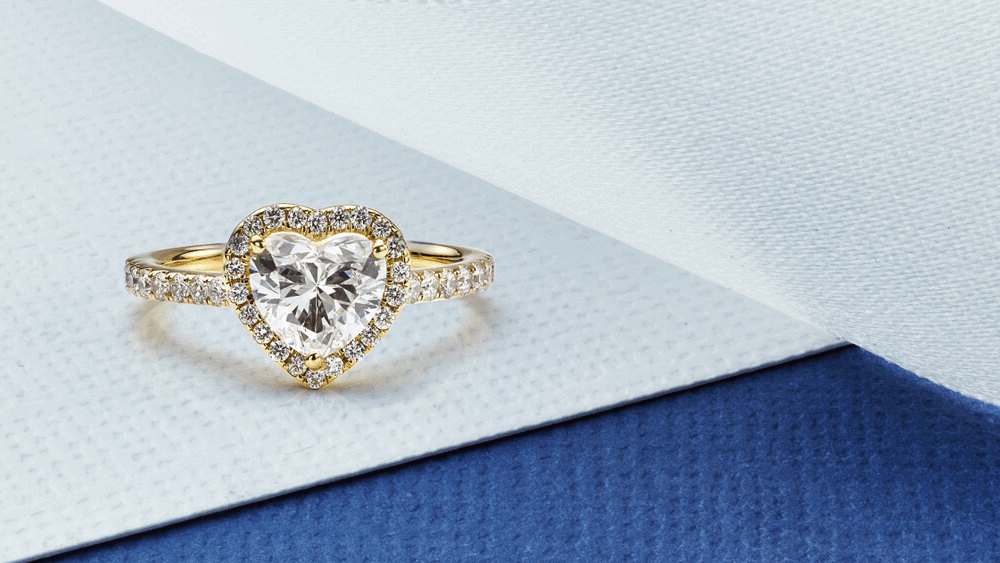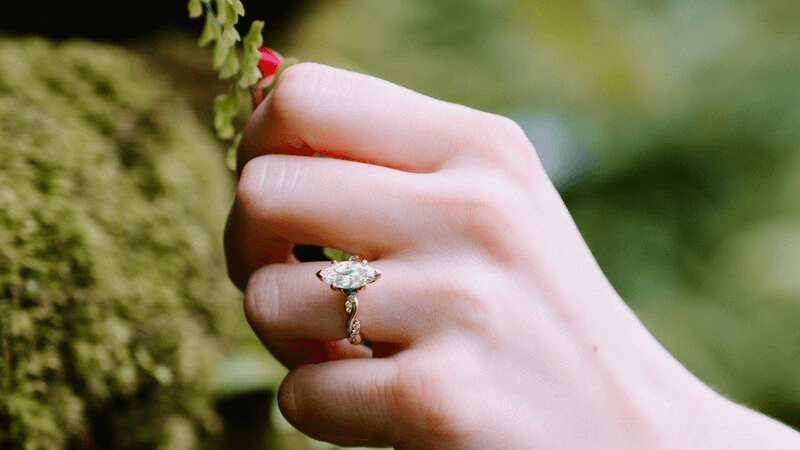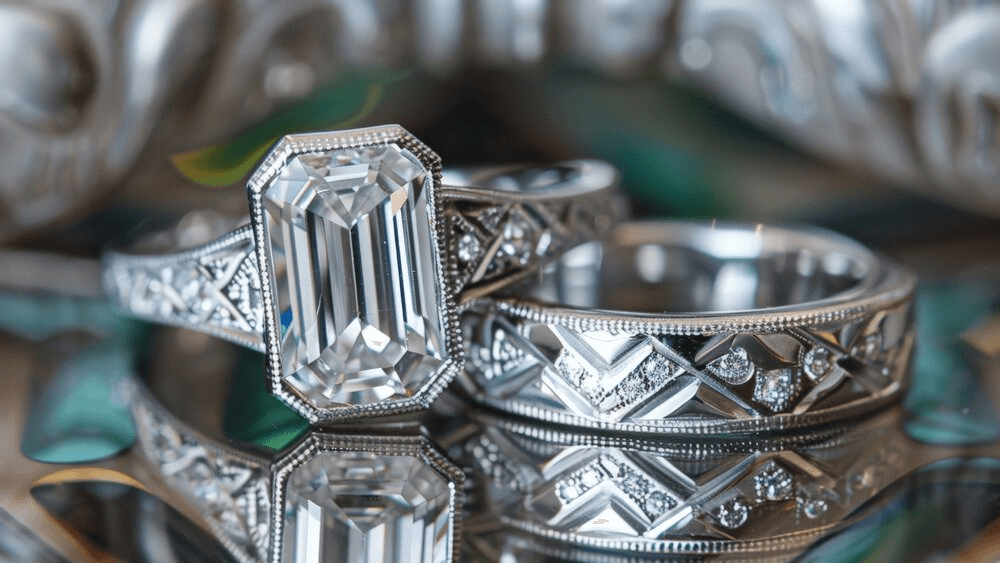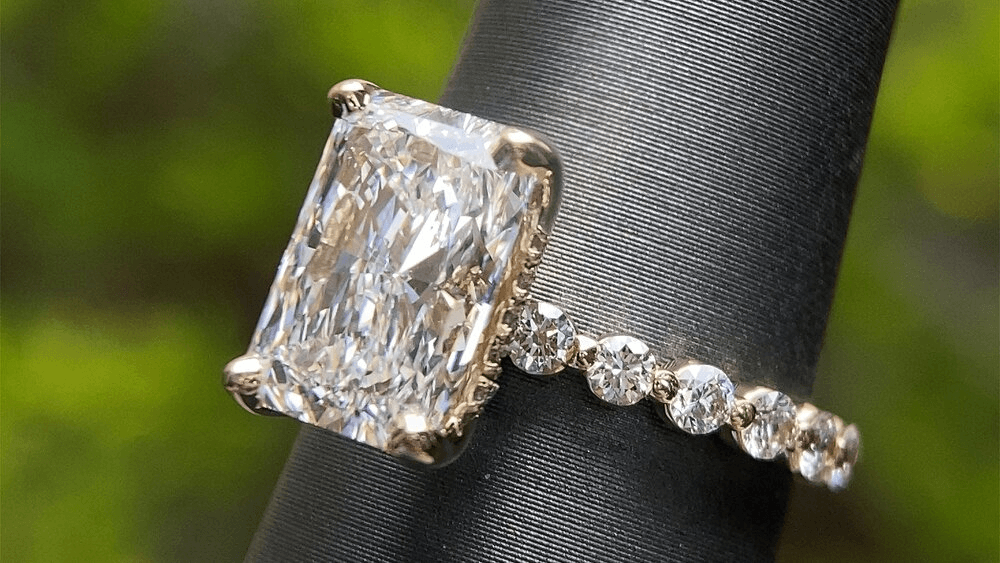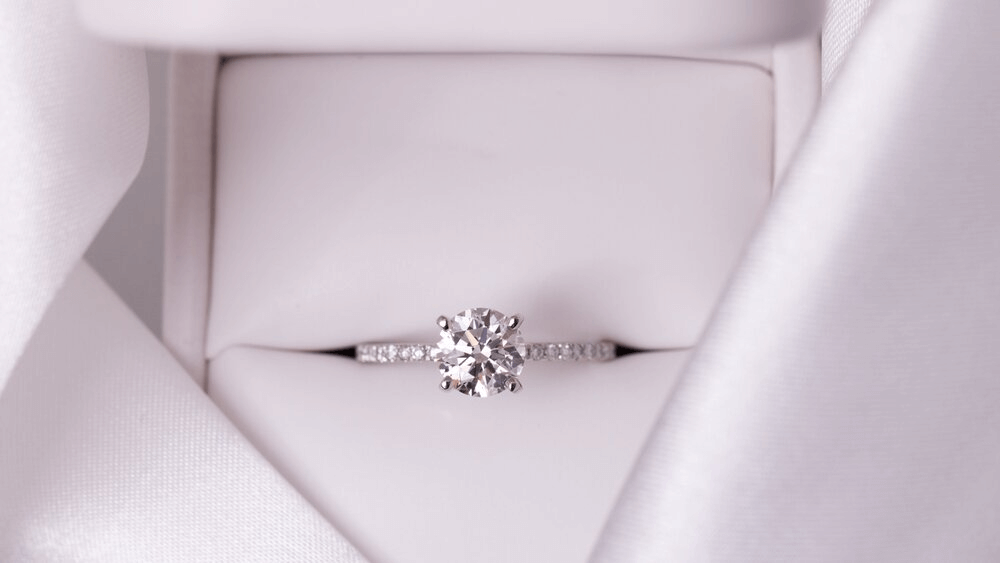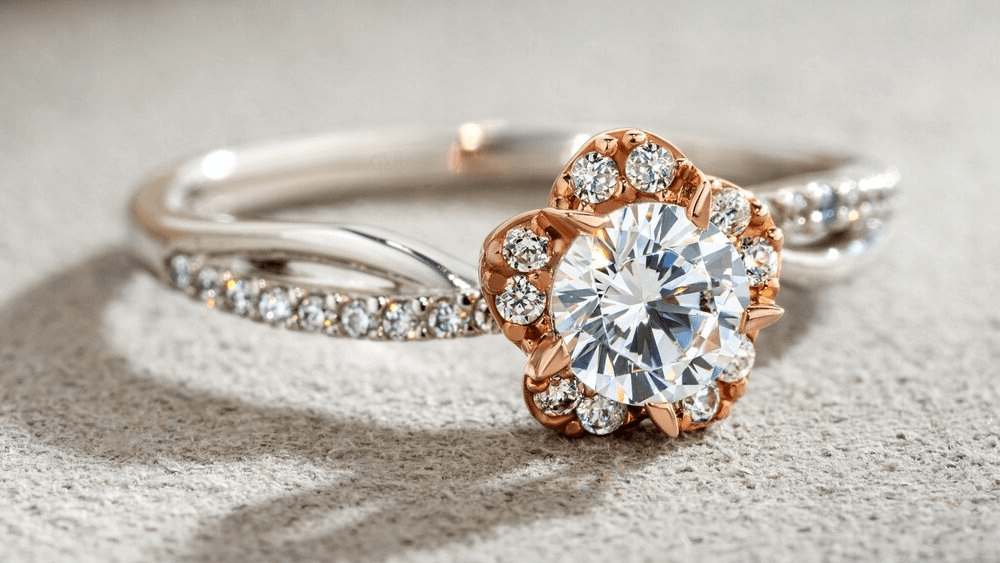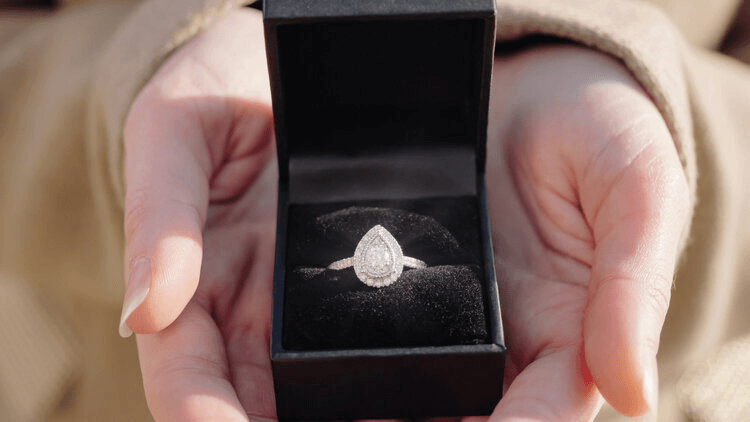Bypass Engagement Rings: The Symbol of Love’s United Paths!

By Gary A.

Edited by Olivia H.
Published Aug 8, 2024
Edited on Dec 18, 2024
Bypass engagement rings offer a timeless twist on tradition, seamlessly blending elegance with a touch of individuality. Dive into our complete guide to discover how to choose the perfect bypass ring that symbolizes your unique love story.

Navigate This Guide:
- 5 Quick Tips for Choosing Your Bypass Ring
- Introduction to Bypass Rings
- The Essence of Bypass Design
- The Evolution of Bypass Rings
- Design Characteristics of Bypass Engagement Rings
- Selecting the Perfect Bypass Engagement Ring
- Our Expert Take
- 7 Frequently Asked Questions About Bypass Engagement Rings
Before we dive deeper into the specifics, here are some practical tips to help guide your decision-making process:
5 Quick Tips for Choosing Your Bypass Ring
- Tip 1. Understand the Symbolism and Personal Taste:
- Symbolic Meaning: Know and appreciate the symbolism behind the bypass style — two lives intertwining but maintaining individuality.
- Preference: Ensure the design aligns with the recipient’s style and preference, considering their lifestyle and daily activities.
- Tip 2. Scrutinize the Band and Setting Design:
- Band Durability: Ensure that the band, especially where it bypasses, is sturdy and made of durable material to withstand everyday wear.
- Setting Security: Ensure the stones, especially the center one, are securely set to prevent any accidental loss.
- Tip 3. Consider the Center Stone:
- Stone Shape: Different stone shapes might complement or disrupt the fluidity of a bypass ring — choose wisely.
- Quality Over Size: It’s essential to prioritize the quality of the diamond or gemstone over its size to guarantee brilliance and durability.
- Tip 4. Pay Attention to the Metal Type and Quality:
- Metal Type: Different metals like gold (rose, yellow, white) and platinum have varying appearances, durability, and price points.
- Quality Mark: Ensure the ring has a quality mark (like 18K or PT) to guarantee its metal purity.
- Tip 5. Check for Comfort and Sizing:
- Comfort: The bypass style should be comfortable and not snag on clothing or other materials.
- Resizing: Understand the resizing possibilities and limitations due to the design and stone setting of the bypass ring.
Now that you’ve got these practical tips, use Jeweler AI below to find the perfect engagement ring that suits your style and budget:
Introduction to Bypass Rings
Looking for your dream bypass ring? This is your guide to picking the perfect style for your partner and learning a little about the history of the design, too.
There are lot of different ways to get that ring on her finger – literally and metaphorically. While we consider wining, dining, and the occasional two-week destination vacation to Bora Bora or Hawaii to be the best route to take metaphorically speaking, the best literal way to get the ring on her finger is to ensure that your engagement ring features are banned. Yes, we know, stating the obvious – but bear with us.
There is more than one way to design an engagement ring band. From a split Shank to a bypass design, you certainly don’t need to feel tethered to the basics just to ensure you’ve got something to place on her finger.
In this guide, you’ll find what you need to know about the beautiful bypass design.
The Essence of Bypass Design
Bypass engagement rings come in all different shapes and styles, but the basic principle behind the design is a band that curves or swells around the centre setting, rather than simply passing underneath it. The shape created is similar to that of a gentle, slow whirlpool – a gentle, meandering curve that follows the silhouette of the diamond.
The effect is very organic and offers more opportunities for embellishments. With the band being more visible than it would be if it passed underneath the centre setting, pavé and channel set diamonds have more of an opportunity to shine.
Symbolism in Every Curve
as with any design element for an engagement ring, it’s not just about how it looks – it’s about the meaning behind it. A bypass band keeps the two ends of the band feeling somewhat separate, which creates the visual effect of two separate strands weaving together.
What could be a better way of symbolising your commitment to one another than a design that literally fuses two halves?
The Evolution of Bypass Rings
This is another one of those styles that saw a huge surge in popularity during the Victorian era since it provided that romantic, twisting form that paired perfectly with a more melodramatic, gothic approach to design. Since then, it’s remained a staple of fine jewelry, giving us the opportunity to do more with the shank without overshadowing the center setting.
Iconic Bypass Rings in History
If you’re looking for capital-I Iconic, then look no further than Jackie Kennedy – yep, the one and only. In 1953, the pair got engaged – supposedly at Boston’s Omni Hotel – and sealed the ‘yes’ with one of the most distinctive engagement rings the world has ever seen.
A bypass design in gold featuring a number of accent diamonds in marquise and round cuts – along with a dazzling Asscher cut emerald at the ring’s center – this is definitely one to look at if you’re interested in embracing the bypass design.
But it doesn’t need to be as ostentatious as Jackie’s in order to stand out…
Design Characteristics of Bypass Engagement Rings
As we mentioned above, the bypass is a versatile design option. No two bypass rings will look exactly the same, and, depending on the extra accents you add (or omit) a bypass can really influence the overall vibe of the ring.
It’s important to note that some bypass designs are more obtrusive than others. In some cases, depending on the height at which the diamond is set, a bypass shank can create a similar effect to a bezel setting. A bezel setting features metal set all around the perimeter of the diamond, effectively hugging it from all angles and masking the girdle from view. There is a big difference between a bezel and a bypass ring, but, if the diamond is set low, they can look similar.
When a diamond is higher set, it’s easier to distinguish between the setting itself and the bypass band. Of course, some people don’t like wearing a diamond that is set particularly high, since it’s more prone to snagging and catching on clothing. But, if you want to ensure that your diamonds have access to light.

Understanding the Bypass Setting
Bypass rings can be almost as simple as solitaires. You don’t have to dress up that shank – the elegant, sweeping shape of the bypass is enough on its own to create something very beautiful and striking, without risking going overboard.

But the bypass does offer the perfect opportunity for extras. You can embrace the organic sweep of the shank to create something nature-inspired – it only takes a few accent stones…
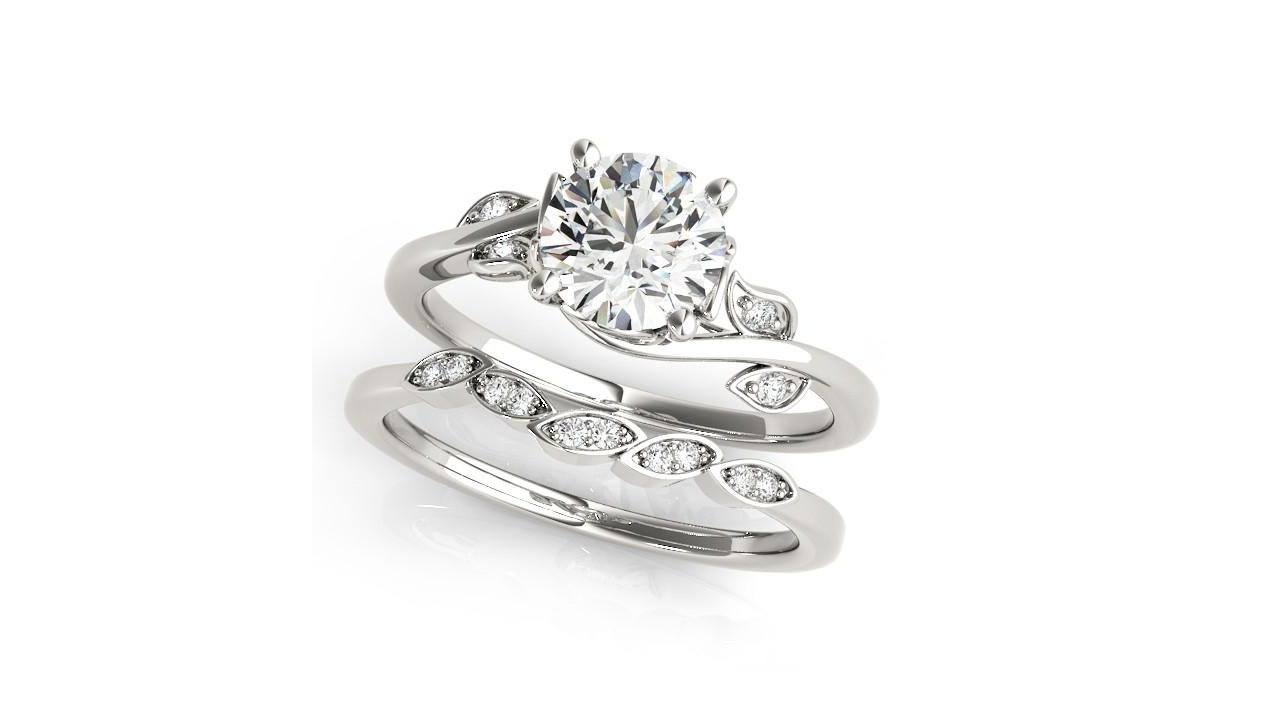
Alternatively, consider combining the bypass design with a split shank. That way, you get to introduce a lot more metalwork into the design – still, without swamping the diamond in excessive detailing…

Remember that a bypass ring can also be a great way to mimic the vibe of the tension ring while maintaining the extra security of a more traditional ring design.
Material Choices and Their Impacts
Remember that colored metal will inevitably create a reflection within your diamond. We love the way this looks, but some shoppers can be disappointed when they realise that yellow gold, for instance, creates a very slight shadow throughout the diamond’s centre.
This is obviously made more noticeable when the ring design is more obtrusive. If your bypass setting encircles the diamond, you will definitely notice much more of a reflection from the metal throughout the diamond.
Again, this doesn’t need to be a deal breaker. We love the way it looks. Just keep it in mind.
Selecting the Perfect Bypass Engagement Ring
The world is your oyster when you unlock the power of the bypass design…
From Moi et Toi to Modern Twists
The bypass creates a ‘sturdier’ base for two- or three-stone engagement rings and can help the overall design feel more balanced than it would on a single, solid band. Alternatively, you can take a leaf out of Jackie O’s book and cover the band with accent stones.
Remember that the bypass ring design doesn’t adhere to any particular style or vibe. You can do whatever you want with it, so don’t miss an opportunity to embrace your partner’s style to the nth degree.
Want to go modern and edgy? Pair an unusual diamond cut, like a marquise, with accent stones for an asymmetrical, solitaire-subverting masterpiece…
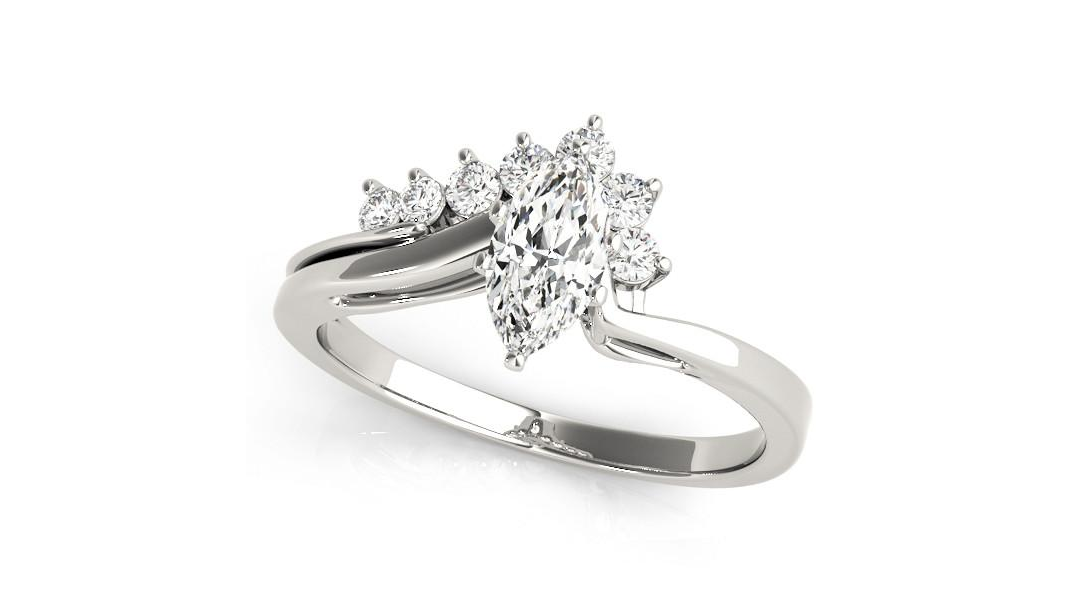
Complementary Wedding Bands for Bypass Rings
Whenever you embrace an engagement ring design that doesn’t follow the traditional, single band shape, you need to keep in mind the impact that will have on the wedding band when that is added to the wearer’s collection. Two straightforward bands fit very nicely together – they ‘stack’, which is where the term ‘stacking rings’ stems from.
When the bands are unusual shapes, you can get gapping, rubbing, and clashing between the two. For some people, this isn’t a deal breaker, and they get used to it pretty quickly. For others, it’s best to choose a wedding band that adheres to the contours of the engagement ring.
Curved or Chevron wedding bands are ideal for fitting around unusually shaped bypass rings. You needn’t think about this right now, but it’s always worth keeping in mind since it won’t be long before you’re picking out your wedding bands.
Our Expert Take
The bypass ring design is like a gift that keeps on giving. While it has its roots in history, and in ornate Victorian design, plenty of designers have proven that we are fully capable of modernising the bypass ring. It gives you more metal work without necessarily intruding on the diamond’s sparkle, which means it’s a win in our book.
Since this design is so versatile, make sure you’re taking in plenty of inspiration before you settle on the final design.
7 Frequently Asked Questions About Bypass Engagement Rings
- Q: What is a Bypass Engagement Ring?
- A: A bypass engagement ring features a unique band design where the ends of the band cross over each other or are set apart, creating an elegant and dynamic look. This design symbolizes two paths meeting, often representing the coming together of two individuals while maintaining their distinct identities.
- Q: How Do I Choose the Right Stone Shape for a Bypass Ring?
- A: Selecting the right stone shape for a bypass ring involves considering how the stone complements the ring’s overall design. Round, oval, and marquise stones often work well with bypass settings, as their shapes can enhance the ring’s fluidity and elegance.
- Q: Is the Bypass Ring Design Durable for Everyday Wear?
- A: Bypass rings are designed with daily wear in mind, but like any piece of fine jewelry, they should be treated with care. The durability largely depends on the quality of craftsmanship, the metal used, and how securely the stones are set within the band.
- Q: Can Bypass Engagement Rings Be Resized?
- A: Yes, most bypass engagement rings can be resized. However, the degree of resizing might be limited due to the ring’s unique design. It’s best to consult with a professional jeweler to understand the specific resizing capabilities of your bypass ring.
- Q: Are Bypass Rings Comfortable to Wear?
- A: Bypass rings are generally comfortable to wear. Their design can offer a snug fit while showcasing an elegant appearance. It’s important to try on the ring and ensure it feels comfortable on your finger, especially if the band has a wider design.
- Q: How Do I Ensure the Stones in My Bypass Ring Are Secure?
- A: To ensure the stones in your bypass ring are secure, look for settings that protect and hold the stones firmly. Prong settings are common, but bezel or flush settings can offer additional security. Regularly inspect your ring for any loose stones or wear and have it checked by a jeweler periodically.
- Q: Can Bypass Engagement Rings Be Paired with Wedding Bands?
- A: Yes, bypass engagement rings can be paired with wedding bands. Some choose to wear the wedding band on a different finger for a more comfortable fit, while others opt for custom bands designed to complement the bypass engagement ring’s unique shape.
Discover your perfect Bypass Engagement Ring with Jeweler AI – Where your love story meets innovation.
FOLLOW-UP GUIDE SERIES





